Genentech drug Pulmozyme (dornase alfa) was approved by the FDA
On Dec. 30, 1993, the Genentech drug Pulmozyme (dornase alfa) was approved by the U.S. Food and Drug…

On Dec. 30, 1993, the Genentech drug Pulmozyme (dornase alfa) was approved by the U.S. Food and Drug…

On Nov. 12 ,1993, FDA granted approval for the sale of the Ahmed Glaucoma Valve designed and manufactured…

In May 1993, the U.S. Centers for Disease Control and Prevention (CDC) responded to a Hantavirus outbreak in…
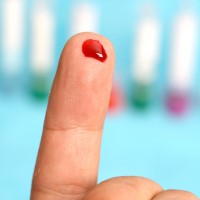
On Apr. 1, 1993, the FDA approved Amgen’s Epogen/Procrit for the treatment of anemia due to the effects…
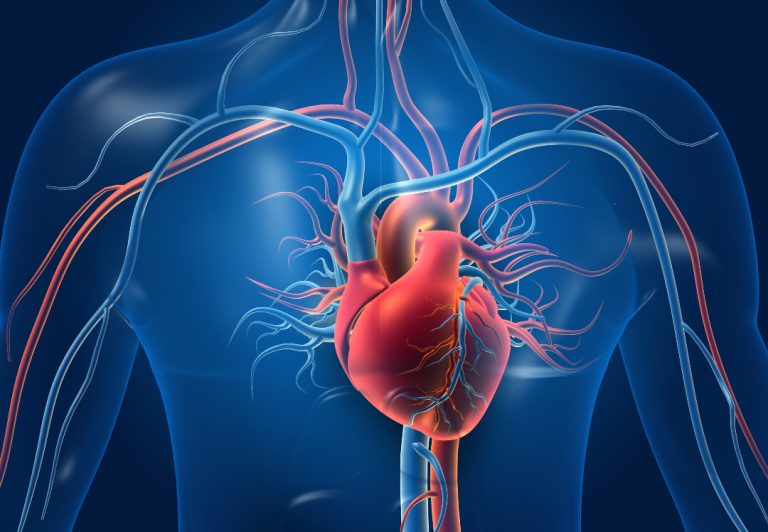
In 1993, Stanford Medicine researchers led by William Haskell demonstrated that lifestyle changes and drug therapy decrease heart…
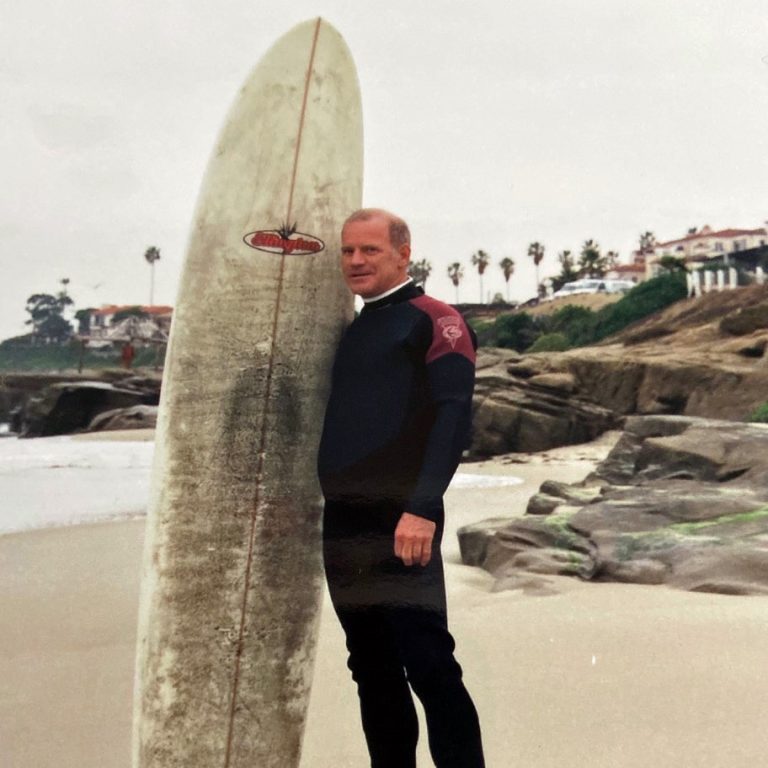
In 1993, Kary B. Mullis of La Jolla, CA and a graduate of the University of California at…
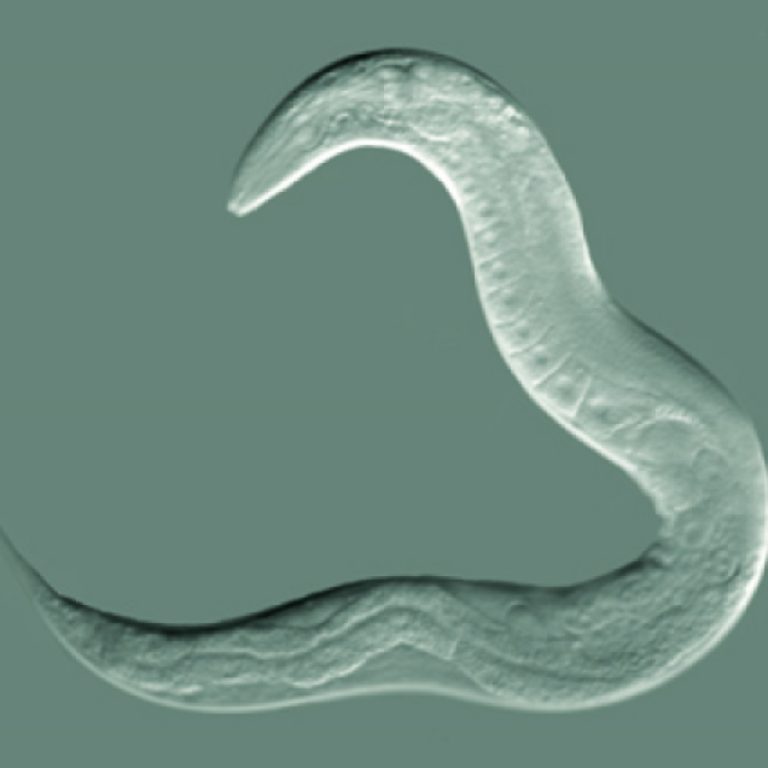
In 1993, University of California, San Francisco (UCSF) researchers Cynthia Kenyon and colleagues’ announced they had discovered that…
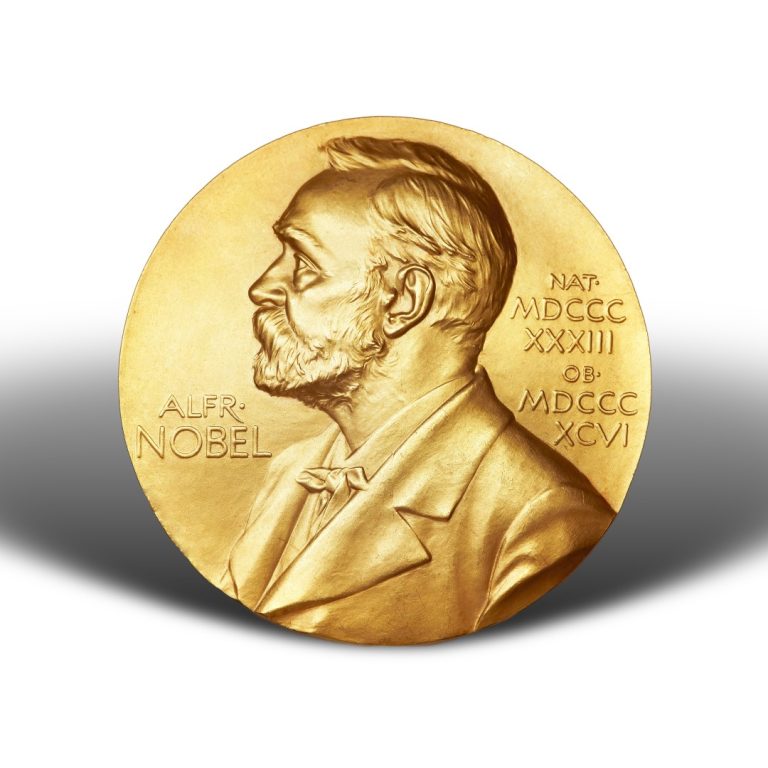
On Oct. 12, 1992, Edmond Fisher and Edwin Krebs of University of Washington’s (UW) School of Medicine received…
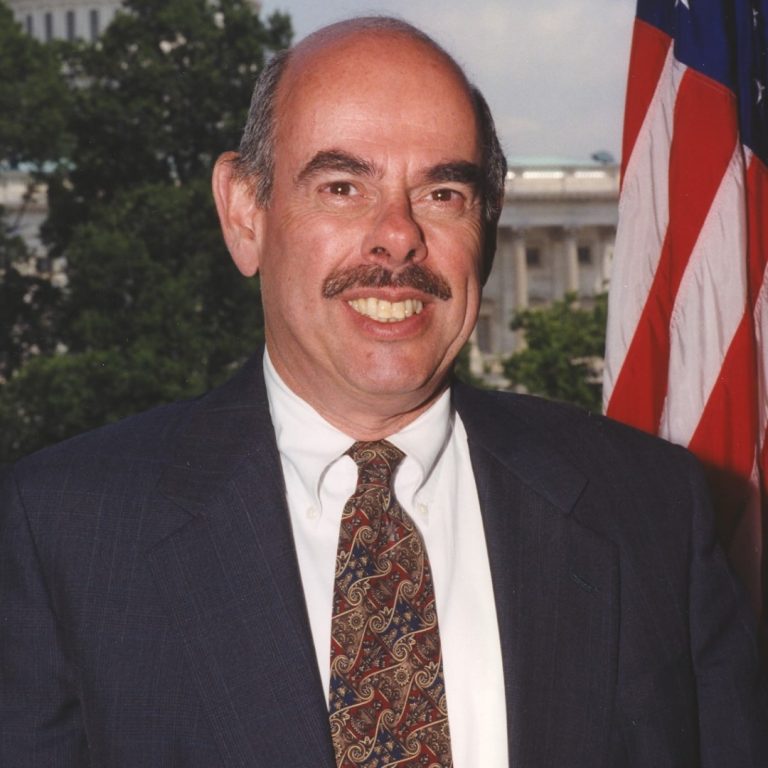
In Apr. 13, 1982, Representative Henry Waxman, U.S. Congressman from Los Angeles, held the first congressional hearing on…
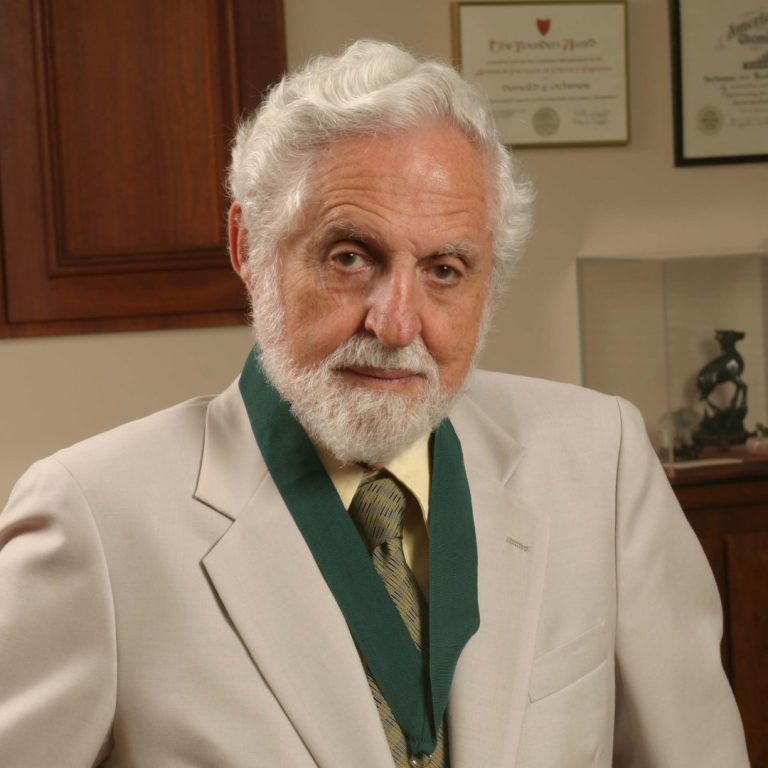
In 1992, the American Chemical Society awarded the Priestley Medal to Carl Djerassi ‘for his numerous contributions to…
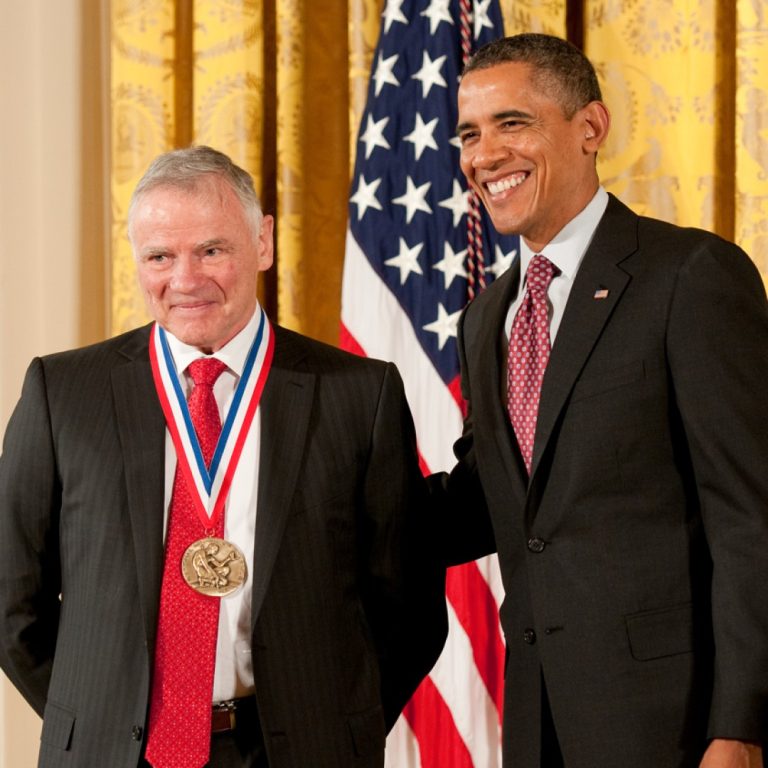
On Oct. 7, 1991, the University of Washington (UW) announced a $12 million gift from Microsoft co-founder Bill…
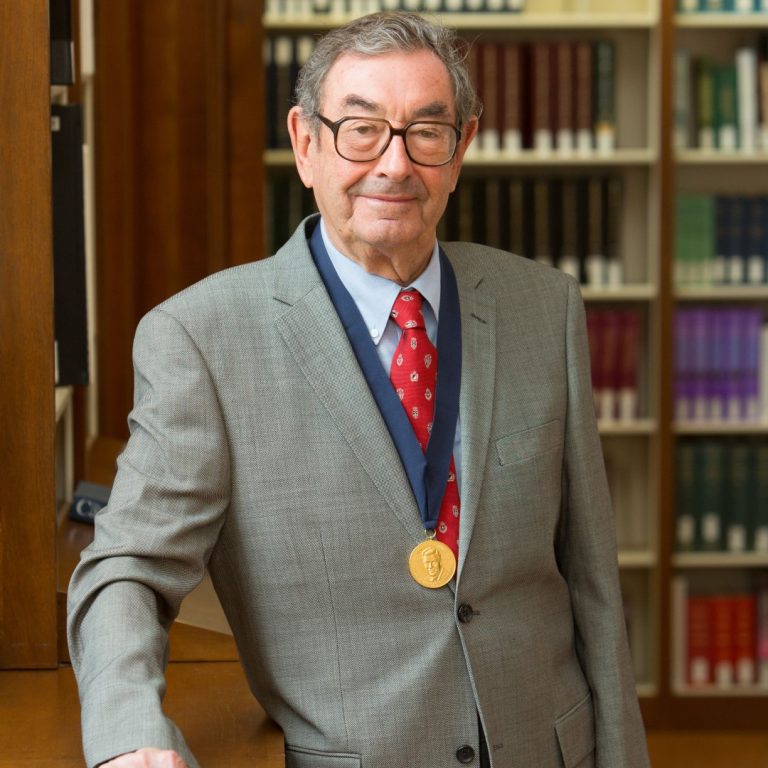
In 1991, the American Chemical Society awarded the Priestley Medal to Harry B. Gray ‘for his numerous contributions…
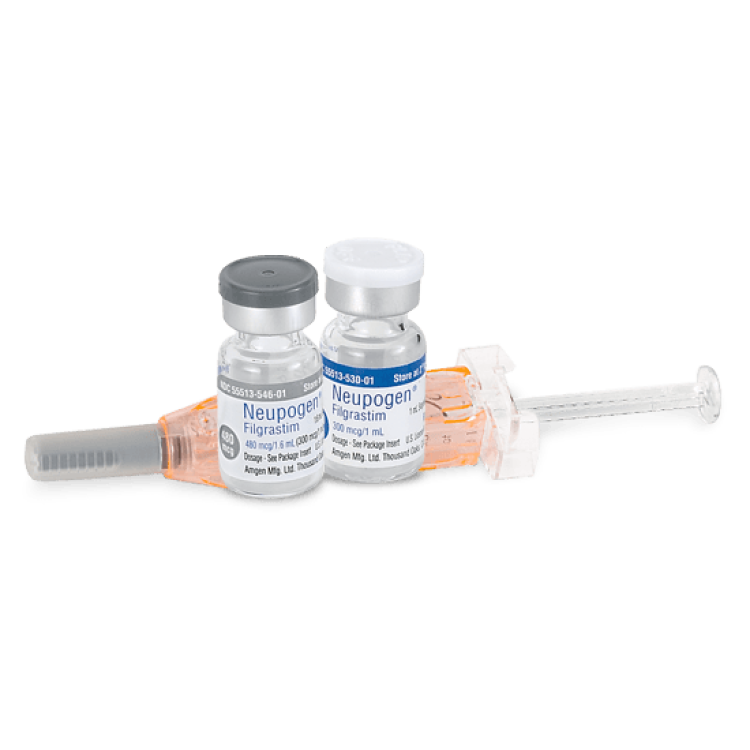
On Feb. 22, 1991, the Food and Drug Administration (FDA) announced that it had approved Amgen’s two white…

On Jan. 4, 1991, Scripps Clinic and Research Foundation and Scripps Memorial Hospital reaffiliate, announced they had merged…
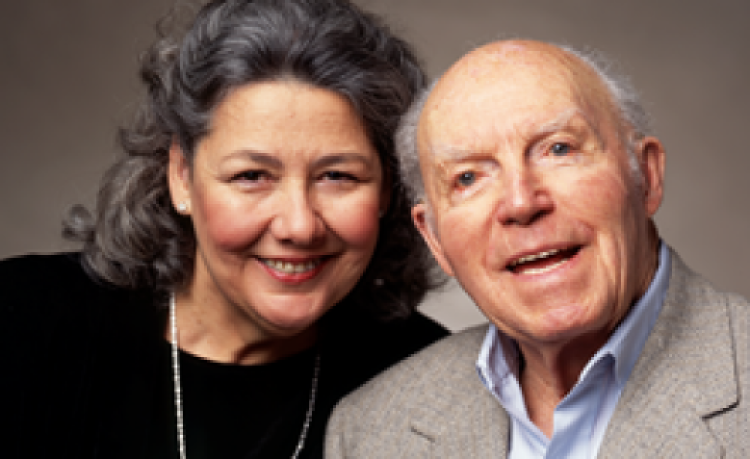
In 1991, the UC San Diego Shiley Eye Center opened with support by Donald and Darlene Shiley and…
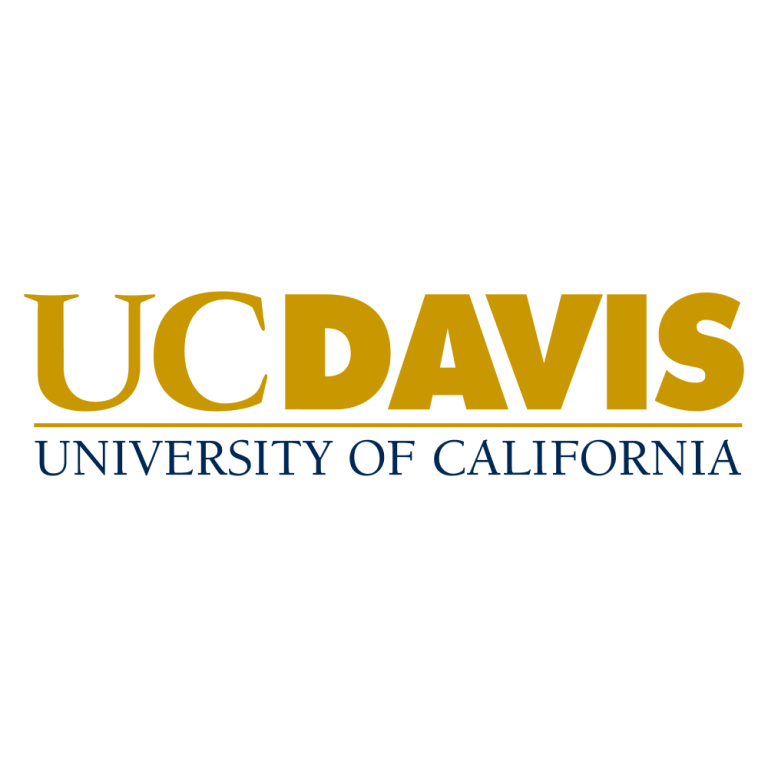
In 1991, The UC Davis Cancer Center was founded. The center is a matrix organization and part of…
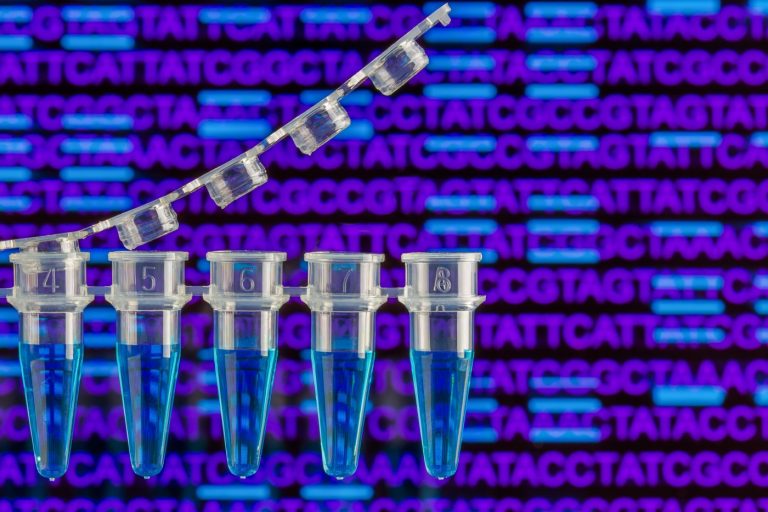
In 1991, Livermore Forensic Science Center was established to provide a comprehensive approach to forensic analyses of samples….
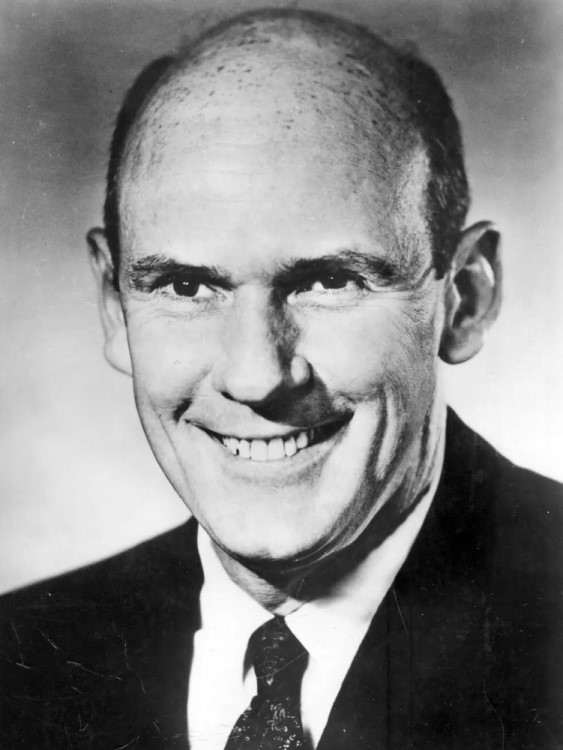
In 1991, U.S. Senator Alan Cranston (D-Calif.) underwent a state-of-the-art procedure at Stanford University Hospital to attack his…
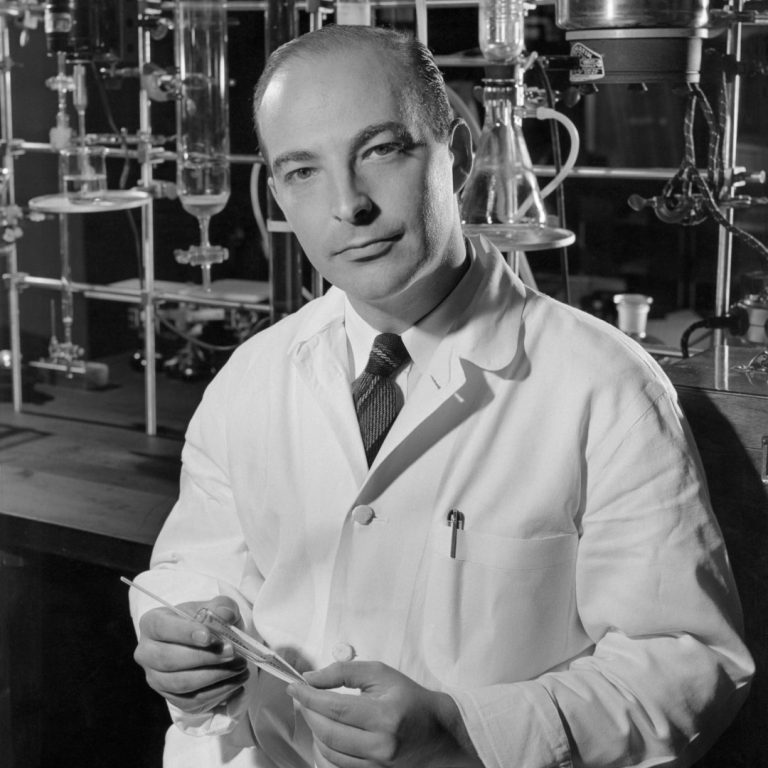
On Oct. 22, 1990, scientists from Stanford University led by Arthur Kornberg announced they had discovered a chemical…
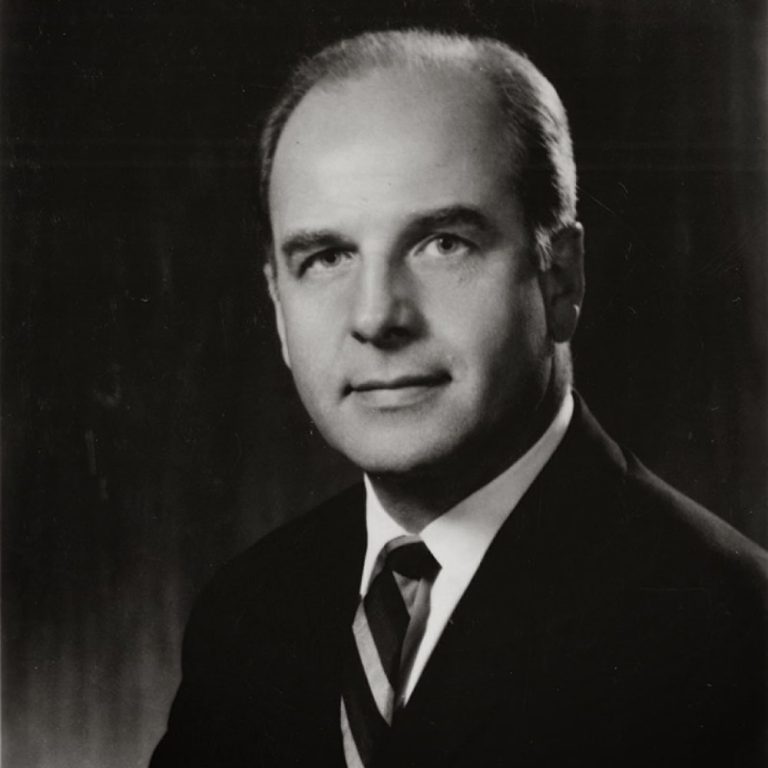
On Apr. 22, 1990, the second Earth Day was celebrated by more than 225 million people. The first…
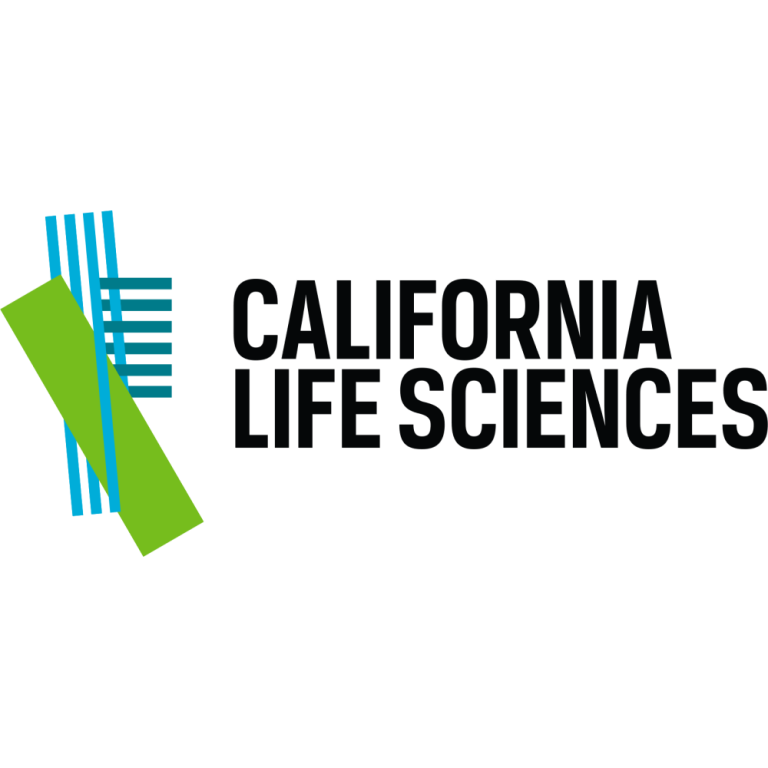
In 1990, BayBio, a non-profit 501(c)(3) organization headquartered in San Francisco, was founded by a consortium of universities,…

In 1990, the California Supreme Court rules in the case involving Seattle’s John Moore that a patient does…

On Dec. 29, 1989, the U.S. Food and Drug Administration (FDA) approved Oculinum’s (onabotulinumtoxinA) for treatment of strabismus…
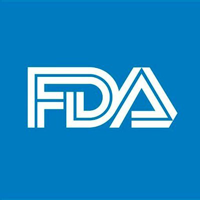
On Jun. 1, 1989, the FDA approved Amgen’s Epogen/Procrit for the treatment of anemia associated with chronic renal…
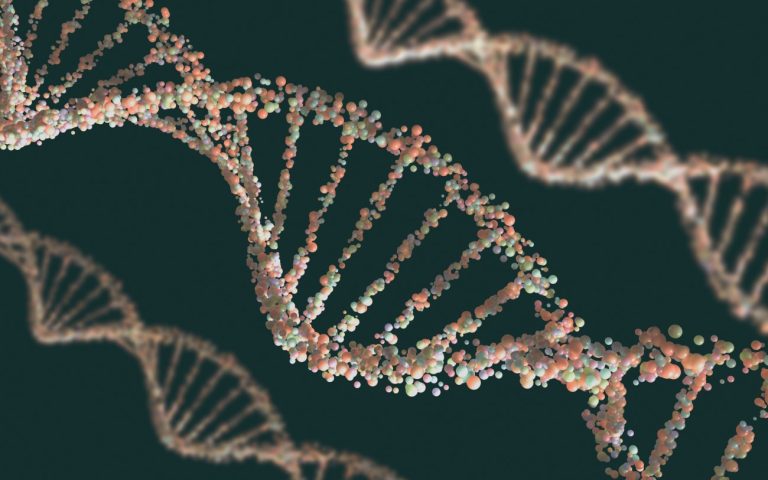
On Jan. 19, 1989, a team of researchers at Lawrence Livermore National Laboratory in the U.S. produced the…
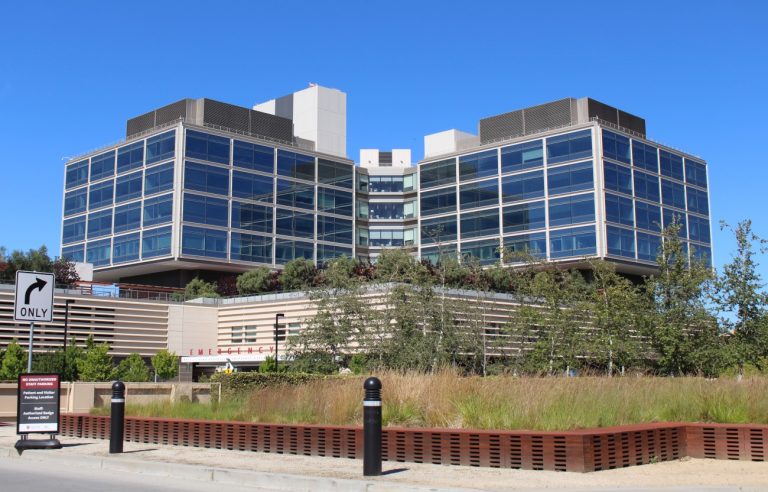
In 1989, Stanford Medicine researchers discovered the ‘homing receptor,’ which guides white blood cells into the peripheral lymph…
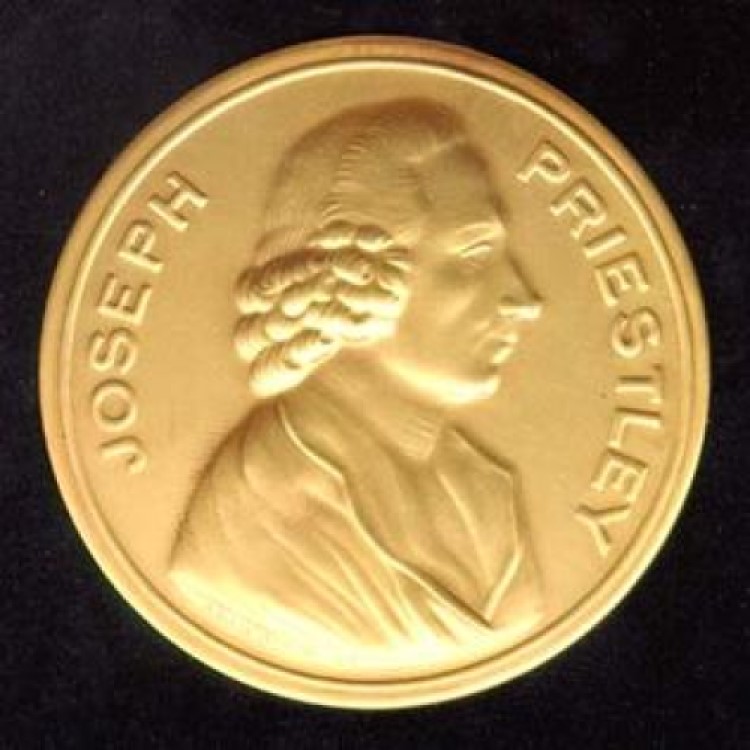
In 1989, the Priestley Medal was awarded to George C. Pimentel by the American Chemical Society “to recognize…
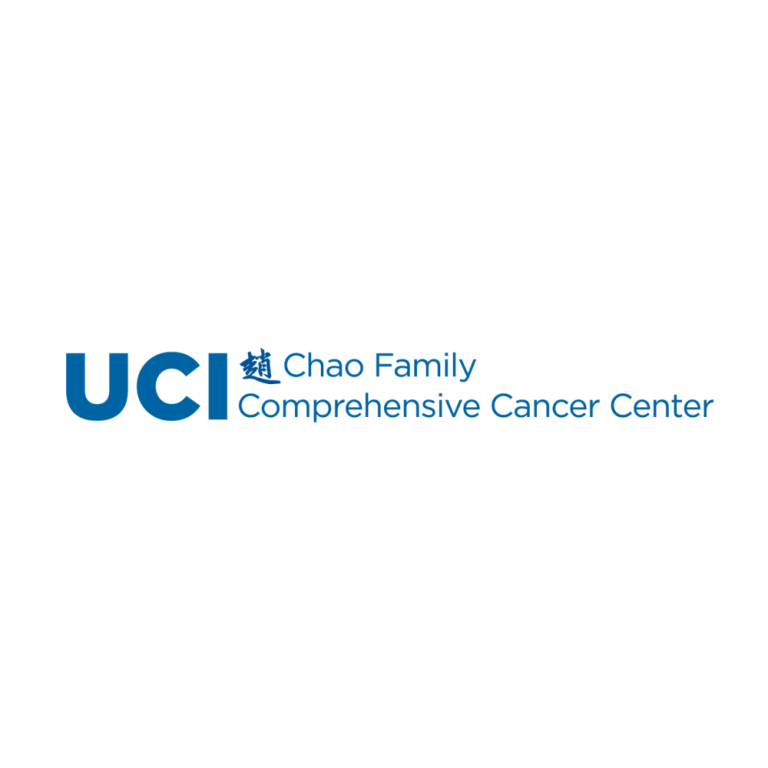
In 1989, the University of California, Irvine (UCI) Chao Family Comprehensive Cancer Center (CFCCC) was founded as a…
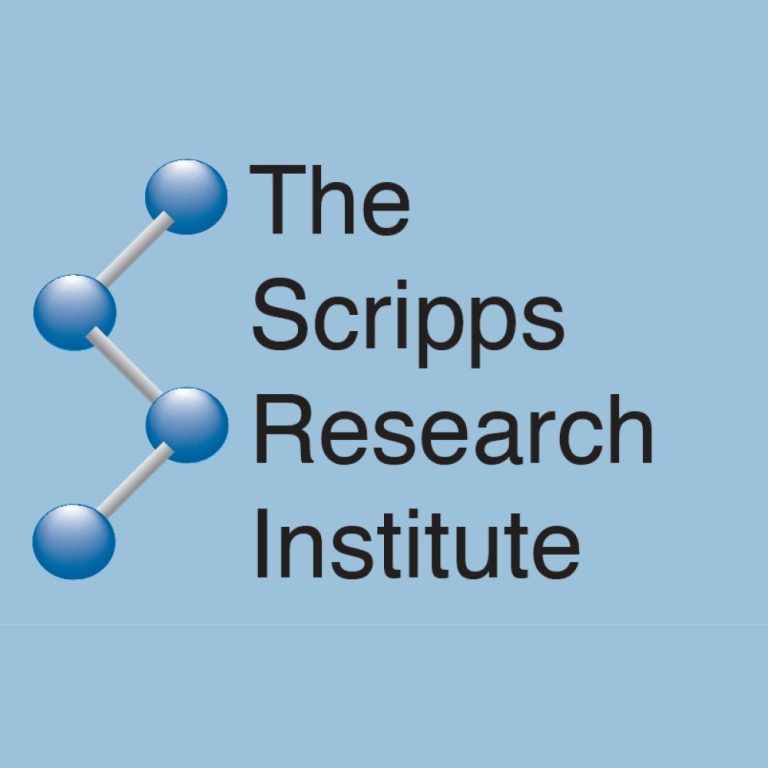
In 1989, Scripps Research Institute’s graduate program was launched, building on the institute’s strengths in the integration of…
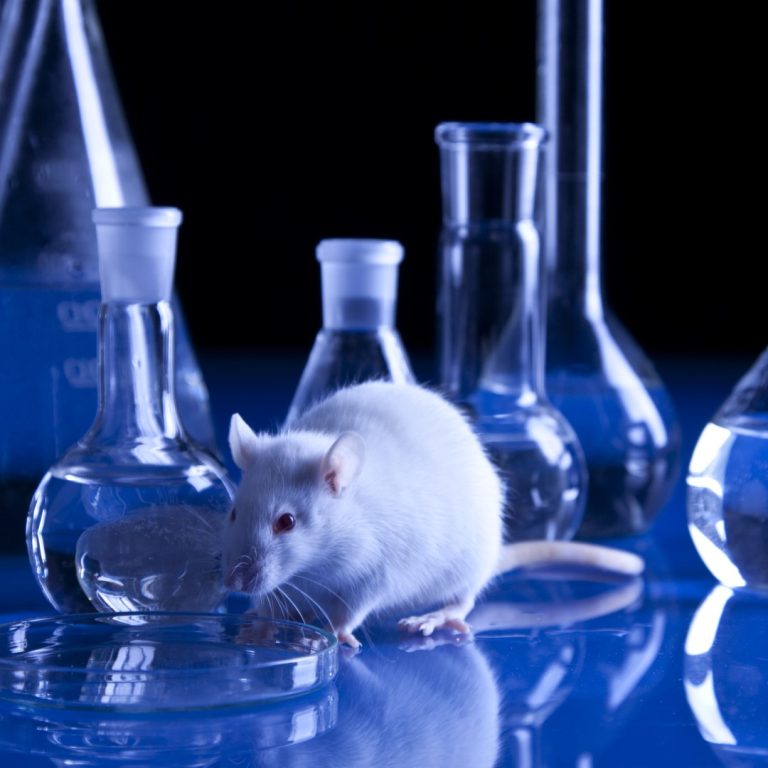
In 1988, Stanford Medicine researchers Irving Weissman and Mike McCune created an animal model that can be used…